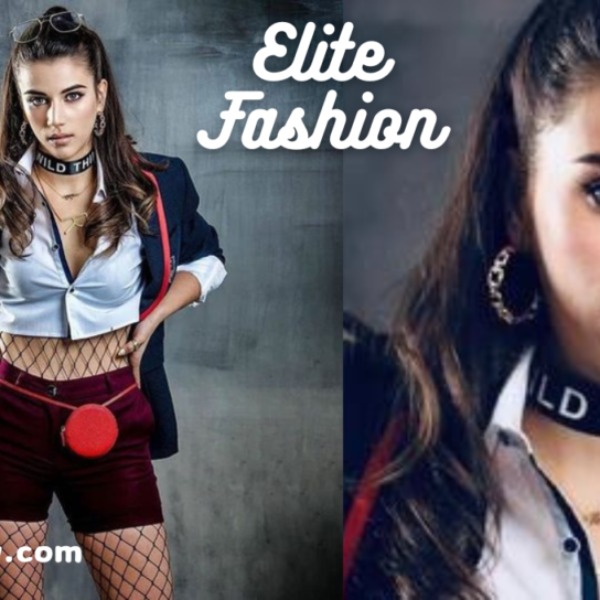Elite Fashion: A Deep Dive into Luxury and Exclusivity
Introduction
Elite fashion represents the pinnacle of luxury, exclusivity, and high-end design. This segment of the fashion industry caters to a discerning clientele. They value both the craftsmanship of the garments and their associated prestige. Elite fashion is a world where art meets commerce. From haute couture runways to exclusive designer collaborations, style is power. It is also sophisticated.
The Essence of Elite Fashion
Elite fashion stands out for being exclusive. Elite fashion is often limited in production. Some pieces are one-of-a-kind. Unlike mass-market fashion, manufacturers produce it in large quantities. This scarcity drives demand and positions elite fashion as a symbol of status and wealth. Chanel, Gucci, and Louis Vuitton epitomise this sector. They sell a lifestyle, not clothing. It resonates with the upper echelons of society.
Craftsmanship and Innovation
Unparalleled craftsmanship lies at the heart of elite fashion. Often, these clothes are created by talented artists by hand.They have honed their craft over decades. The best quality materials are utilised. They are the finest silk, rare leathers, and intricate embroidery. This guarantees that every item is robust in addition to being lovely. Its innovative design is what makes elite fashion stand out. Designers push creative limits to make avant-garde pieces. Instead than following trends, they try to create them.
Cultural and Social Impact
Elite fashion is not about clothing; it’s a cultural force. Elite fashion influences art, film, and music, shaping culture. The Met Gala and Paris Fashion Week are iconic. They showcase new collections but are also cultural events. They highlight the link between fashion and other creative industries.
Moreover, elite fashion has a social impact, often serving as a mirror of societal changes. The elite’s shift to sustainable, ethical fashion shows a rise in eco-conscious consumers. Luxury brands now care about more than looks. They are also considering the ethics of their production processes.
Market Dynamics and Trends
The market for elite fashion is evolving. While Europe and North America are strongholds, Asia is growing. A new, rich class of consumers there is driving demand for luxury goods. Also, elite fashion consumption and marketing have changed due to digital transformation. Luxury brands now use Instagram and TikTok to engage audiences. These platforms offer exclusive, behind-the-scenes views of elite fashion.
Challenges in the elite fashion industry
Despite its allure, the elite fashion industry faces challenges. Maintaining distinctiveness becomes vital as global forces overwhelm local identities. Also, the industry must balance tradition with innovation. It must keep heritage brands relevant to younger, digitally savvy consumers.
Another challenge is sustainability. In recent years, the environmental effect of the fashion business is being closely examined, and elite fashion is no exception. Consequently, luxury brands must adopt sustainable practices. This means acquiring materials from sustainable sources and offsetting emissions.
Conclusion
Elite fashion is more than a segment of the fashion industry; it is a reflection of art, culture, and society. It evolves, but it still shows identity and status for those who can afford it. Both haute couture and trendy luxury brands create elite fashion. Their work will captivate and influence the world for years to come.
In this fast-changing world, a grasp of elite fashion is key. It will keep you ahead, not in style, but in cultural relevance.
